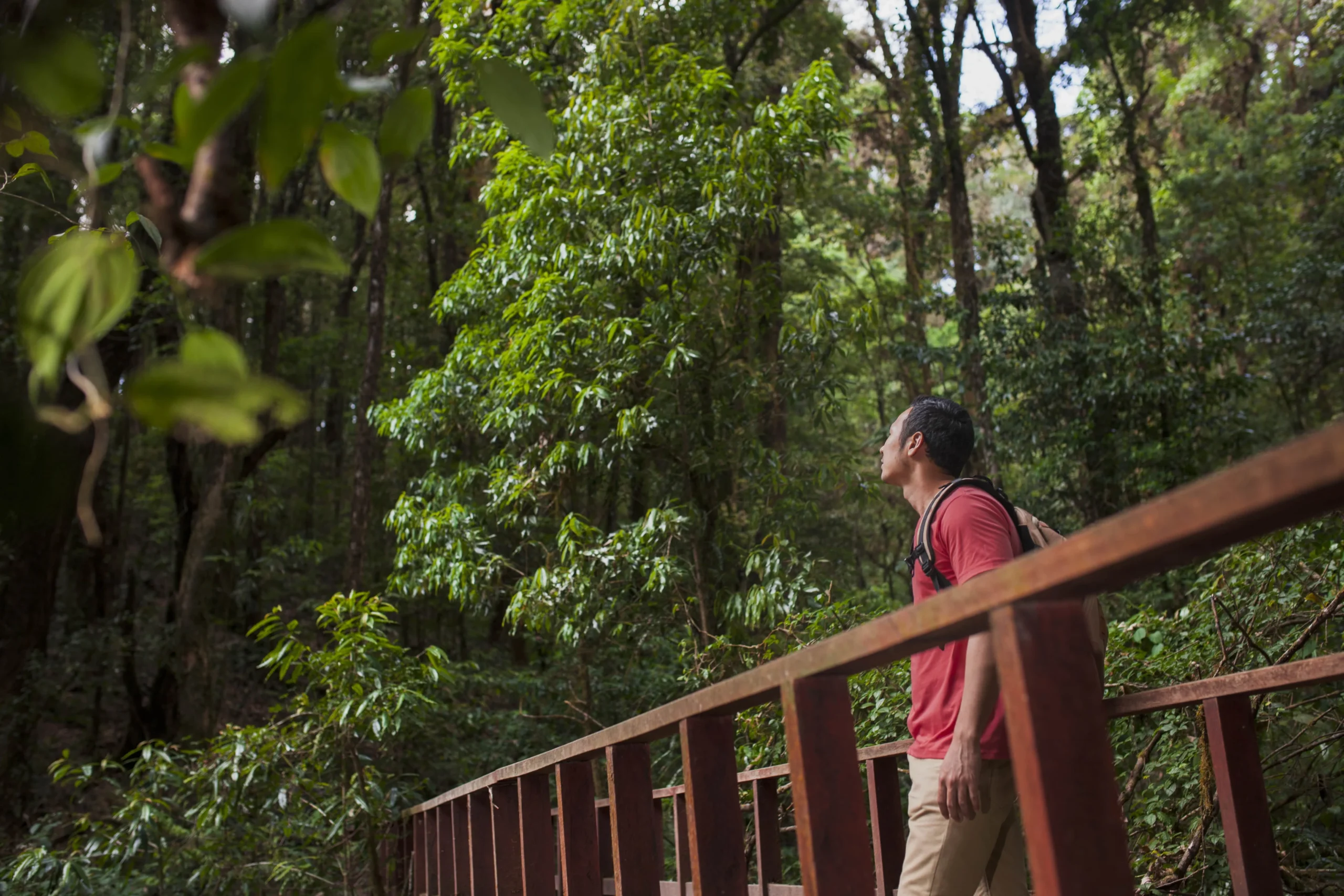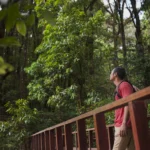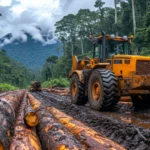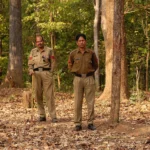As urbanization continues to expand, the need for integrating green spaces into our cities has never been more crucial. Urban forestry, the practice of managing and cultivating trees in urban settings, plays a vital role in enhancing the quality of life for city dwellers. This blog explores the importance of urban forestry and how it contributes to the health, sustainability, and beauty of our urban environments.
Environmental Benefits Uraban forestry
Trees serve as natural air filters, absorbing pollutants like carbon dioxide, sulfur dioxide, and nitrogen oxides. Through the process of photosynthesis, trees release oxygen, improving air quality and reducing the urban heat island effect, which helps to lower temperatures in city areas.
-
Stormwater Management
Urban forests significantly reduce stormwater runoff by intercepting rainfall, allowing it to evaporate or infiltrate into the soil. This natural process helps mitigate flooding, reduces the burden on urban drainage systems, and minimizes water pollution by filtering contaminants before they reach water bodies.
-
Biodiversity Enhancement
Urban forestry provides habitats for various species of birds, insects, and small mammals, promoting biodiversity within city environments. These green spaces serve as crucial sanctuaries for wildlife, supporting ecosystems that might otherwise struggle to thrive in urban settings.
Social Benefits Uraban foestry
-
Mental and Physical Health
Access to green spaces has been linked to numerous health benefits, including reduced stress levels, improved mood, and enhanced physical well-being. Urban forests provide residents with areas for recreation, exercise, and relaxation, contributing to overall mental and physical health.
-
Community Building
Green spaces foster social interaction and community engagement. Urban forests serve as communal areas where people can gather for events, activities, and leisure, strengthening community bonds and enhancing the social fabric of urban neighborhoods.
-
Aesthetic and Cultural Value
Trees and green spaces enhance the visual appeal of cities, creating a more pleasant and inviting atmosphere. They contribute to the cultural and historical identity of urban areas, often becoming landmarks and symbols of civic pride.
Economic Benefits
-
Property Value Increase
The presence of well-maintained trees and green spaces can significantly boost property values. Homes and businesses located near urban forests often command higher prices, benefiting property owners and contributing to the overall economic health of the city.
-
Energy Savings urban forestry
Trees provide shade and reduce the need for air conditioning in the summer, leading to lower energy consumption and cost savings for residents and businesses. In winter, trees can act as windbreaks, reducing heating costs.
-
Job Creation and Economic Development
Urban forestry initiatives create jobs in tree planting, maintenance, and management. Additionally, green spaces can attract tourism and encourage local economic development, contributing to the city’s prosperity.
Challenges and Future Directions
While the benefits of urban forestry are clear, several challenges need to be addressed to maximize its potential. These include securing funding for tree planting and maintenance, managing pests and diseases, and ensuring equitable distribution of green spaces across all urban areas.
To overcome these challenges, cities must adopt comprehensive urban forestry strategies that involve community participation, innovative funding mechanisms, and robust policy frameworks.
By prioritizing urban forestry, cities can create healthier, more sustainable, and more livable environments for current and future generations.
Conclusion
Urban forestry is an essential component of sustainable city planning. The myriad environmental, social, and economic benefits it offers make it a key strategy for improving the quality of life in urban areas. As cities continue to grow, investing in urban forestry will be crucial for fostering green, vibrant, and resilient urban communities.



